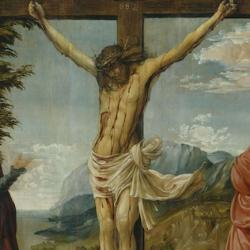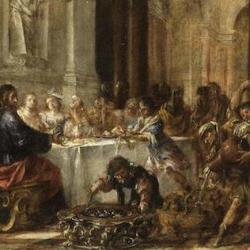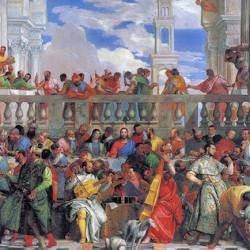Jesus turned water to wine at the wedding to Cana. It’s the first sign, John tells us (John 2:11). It’s an epiphany of the Word made flesh.
Of what is it a sign?
The wedding takes place on the “third day” (2:1), which is the seventh day in the sequence of days in John’s first chapter. Throughout Scripture, a third day is a day of new birth (when the grain and fruit trees spring from the ground) and with transitions from old to new.
The great third day of the gospel story is Jesus’ resurrection. The third day of the wedding anticipates that final sign of John’s Gospel. The Sabbath is the great seventh day, and the sign at Cana anticipates the new Sabbath, the eighth day of the resurrection.
Jesus doesn’t just turn water to wine. The water is the water of purification of the Jews, and when Jesus transforms it to wine he is not only signifying divine power but signifying the transition from the purity rules of the old to the joyful celebration of the new.
The water is in stone jars, and in drawing wine from the stone, Jesus proves Himself greater than Moses, who drew mere water from the rock.
More subtly, it’s a manifestation of the humbling of Jesus. When the wine is served, the people praise the bridegroom for reserving the best wine for last. Jesus doesn’t intervene to deflect the glory back to Himself. He stands aside to let the bridegroom take the credit.
And so from the first sign, Jesus’ glory is shown to be the glory of humility, the glory of the cross.











